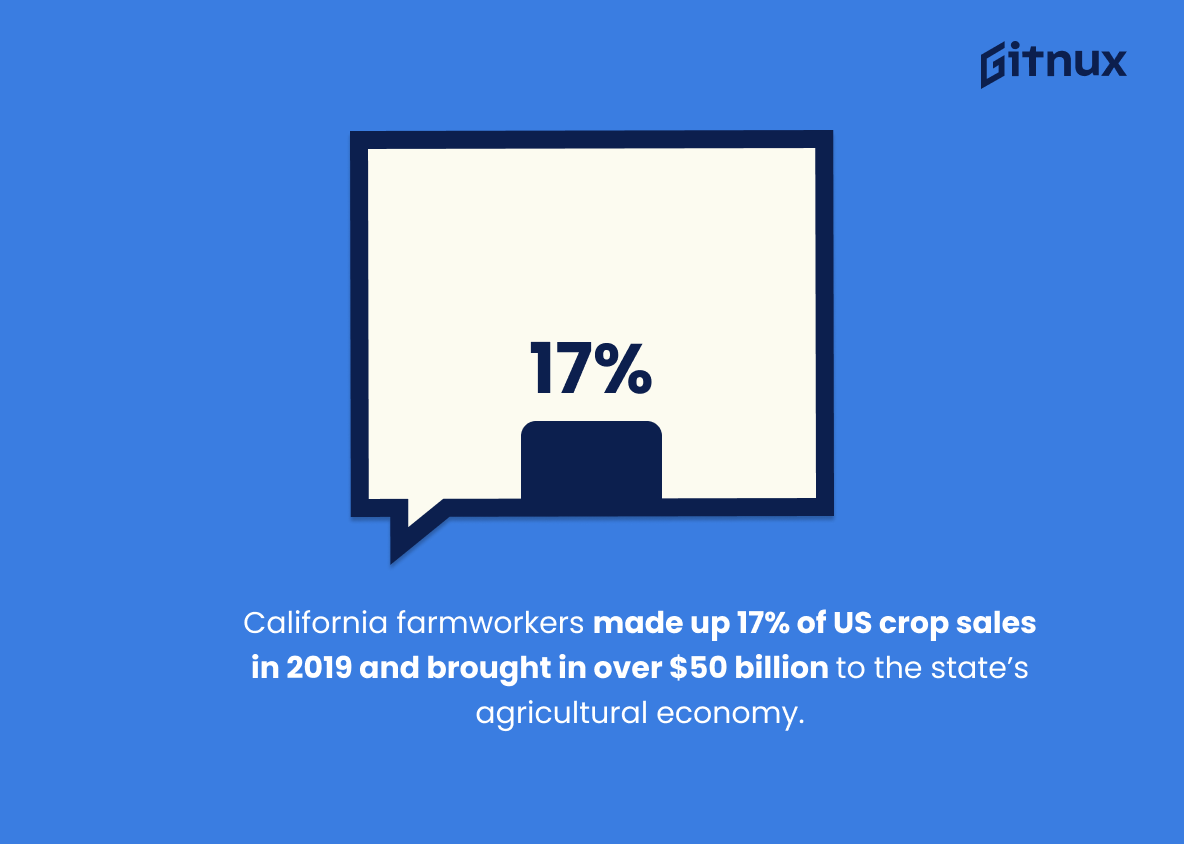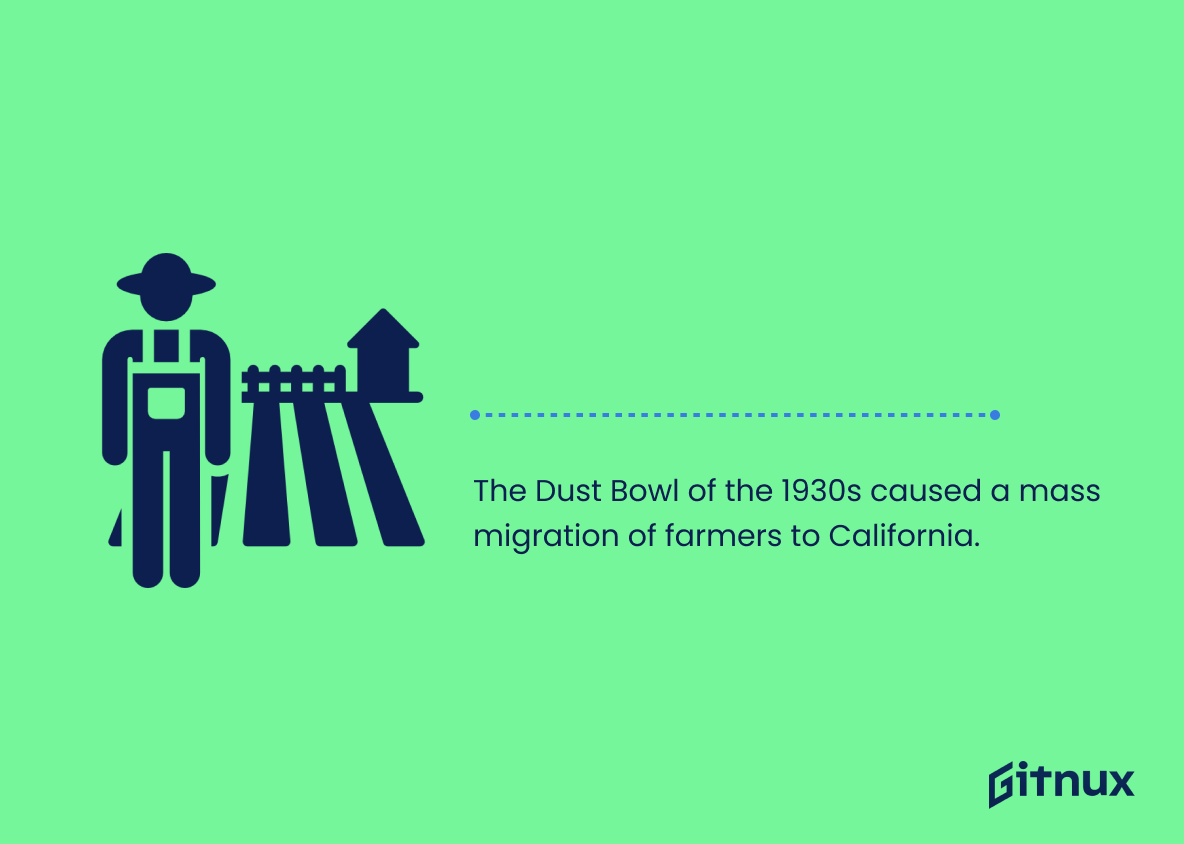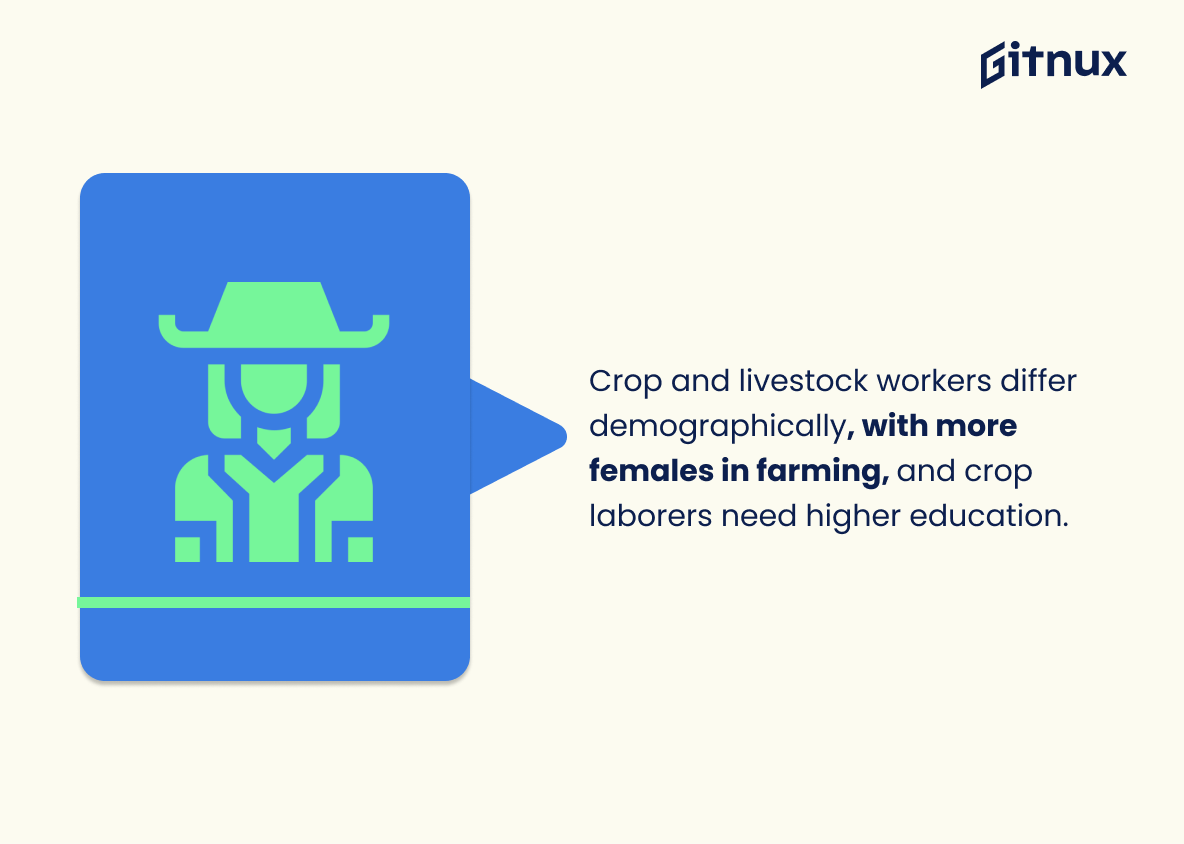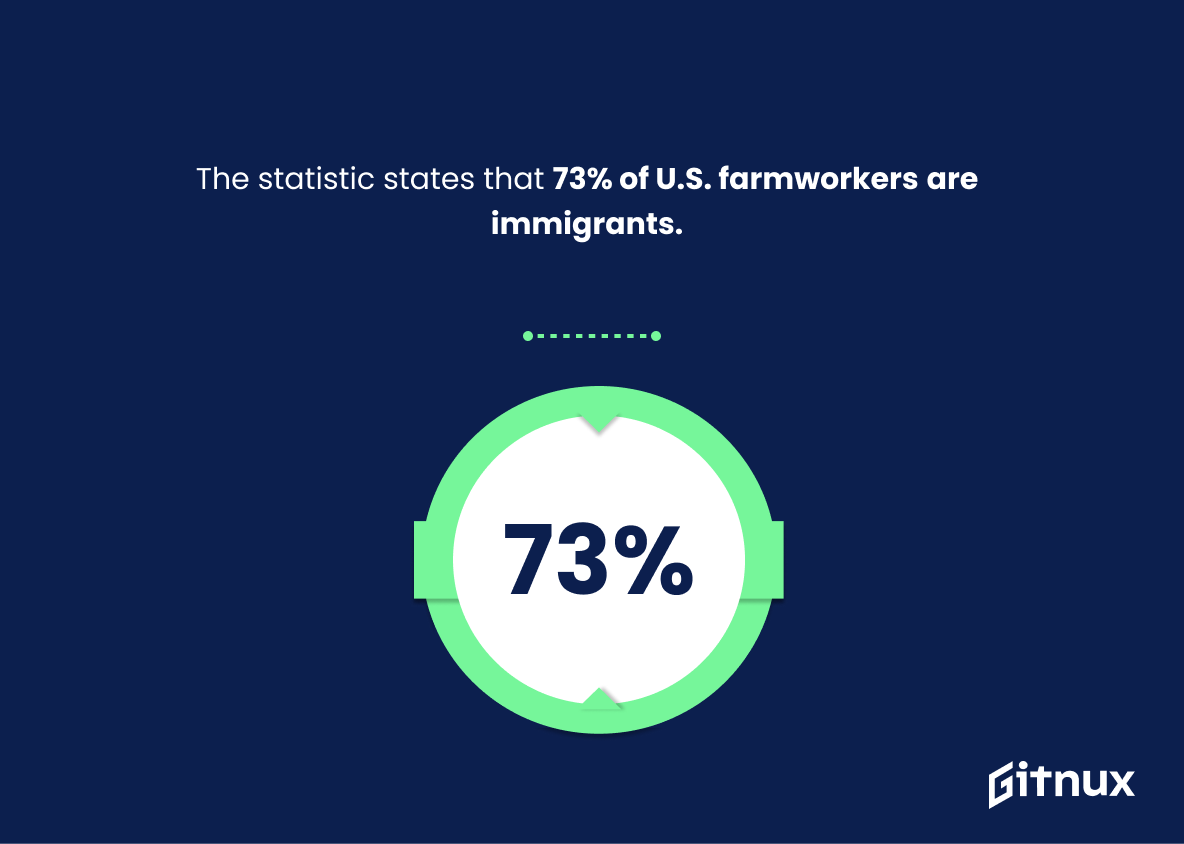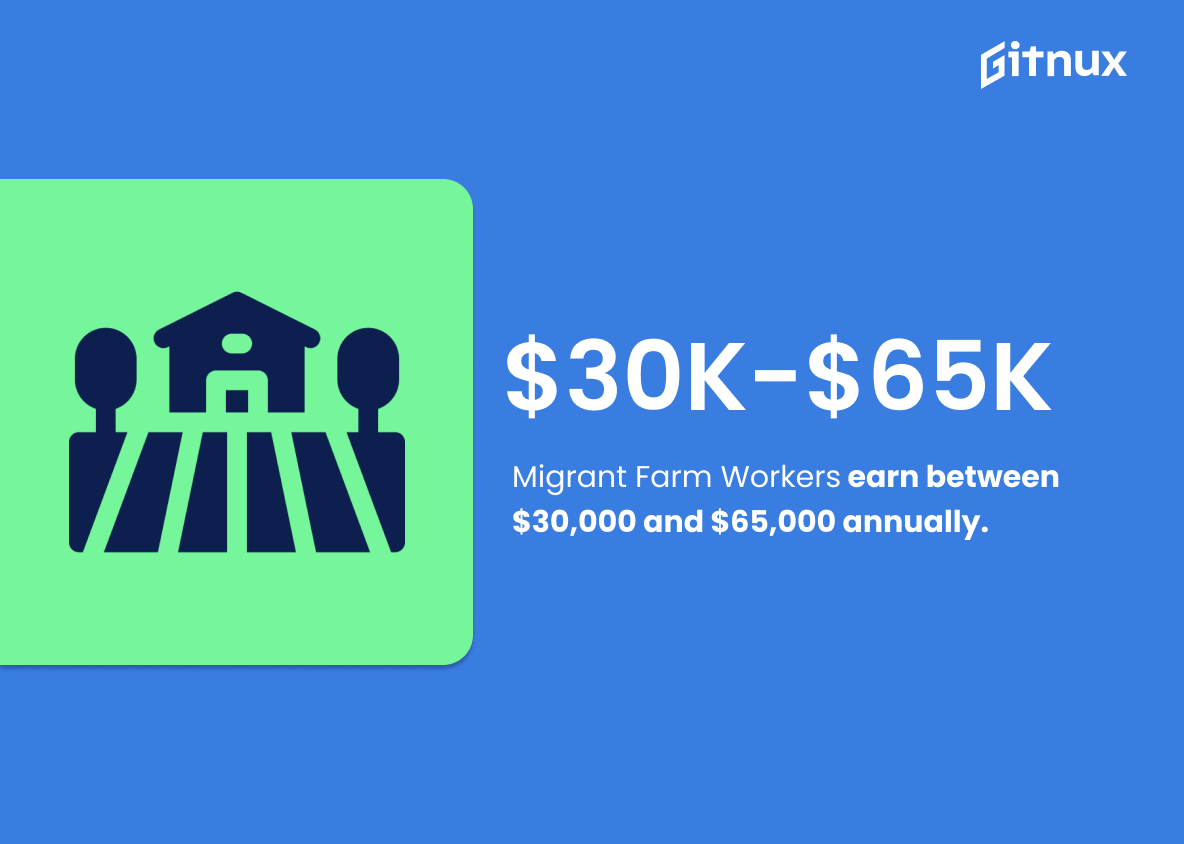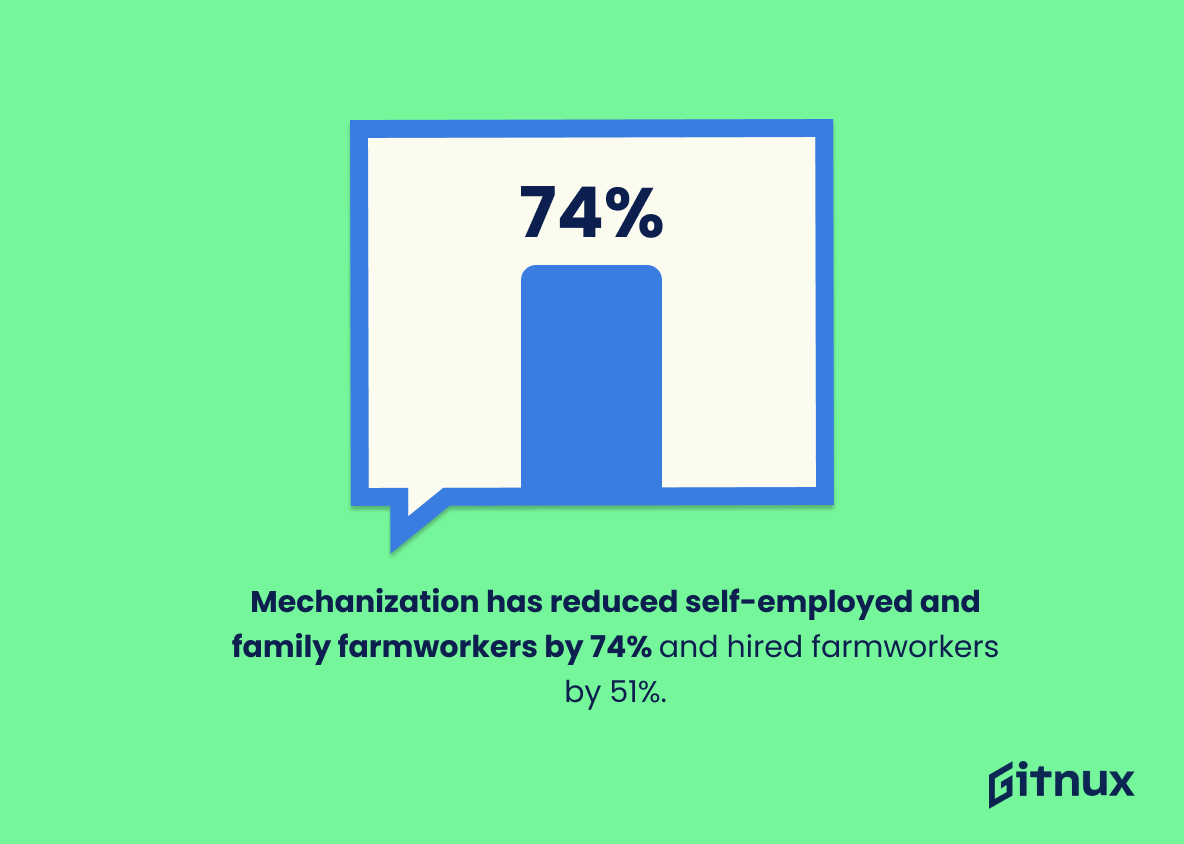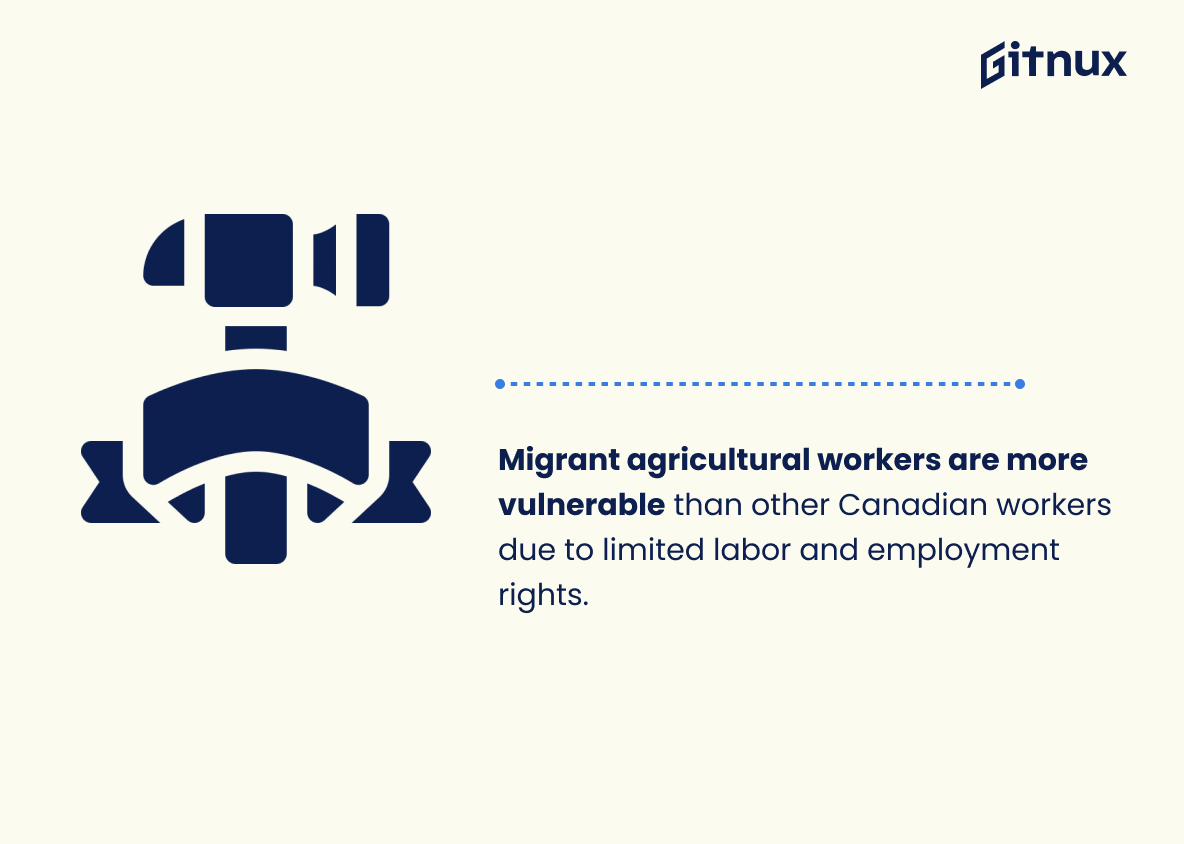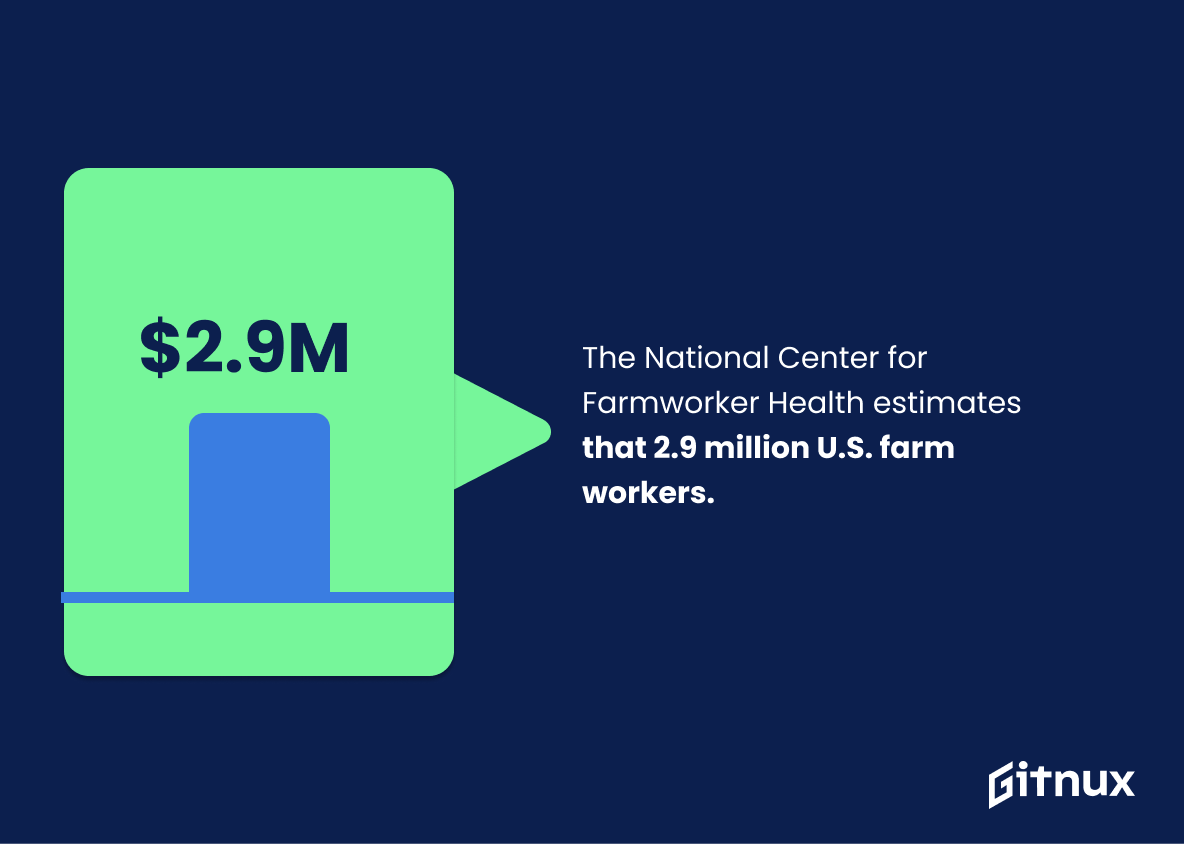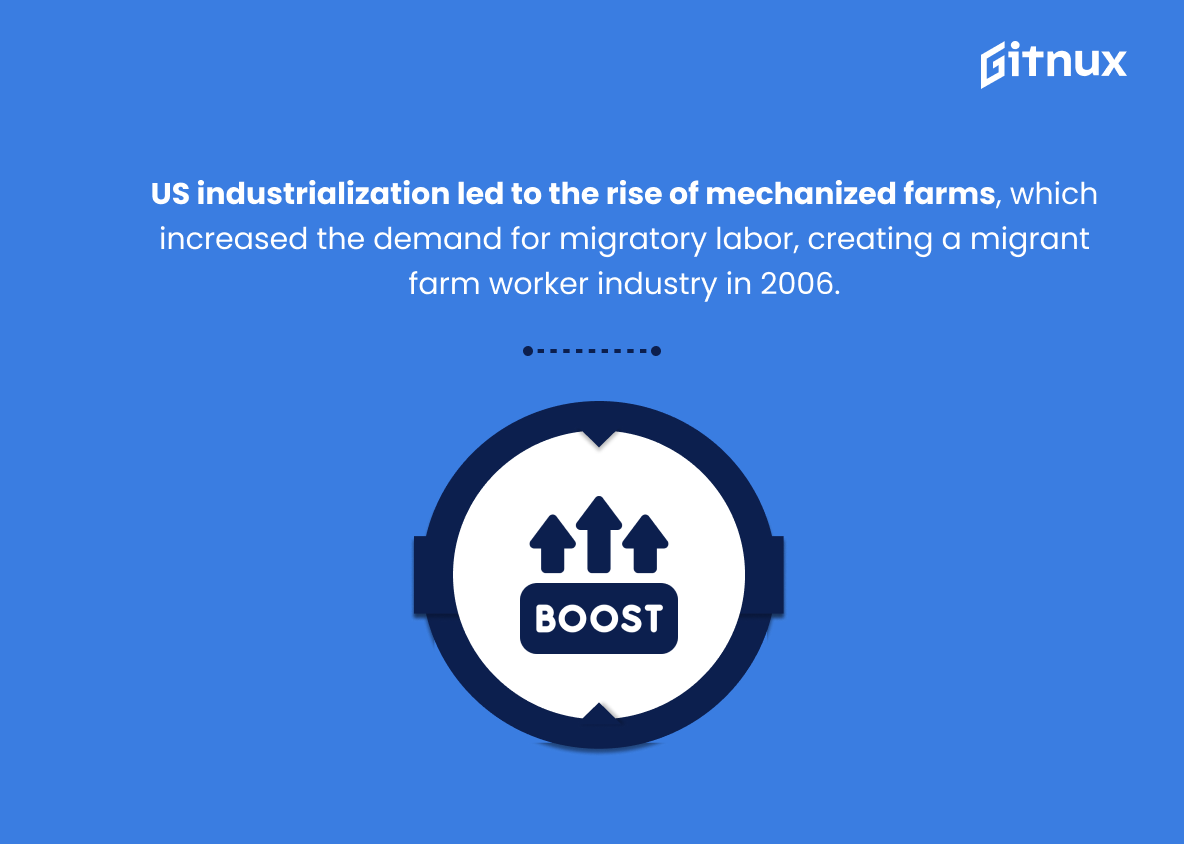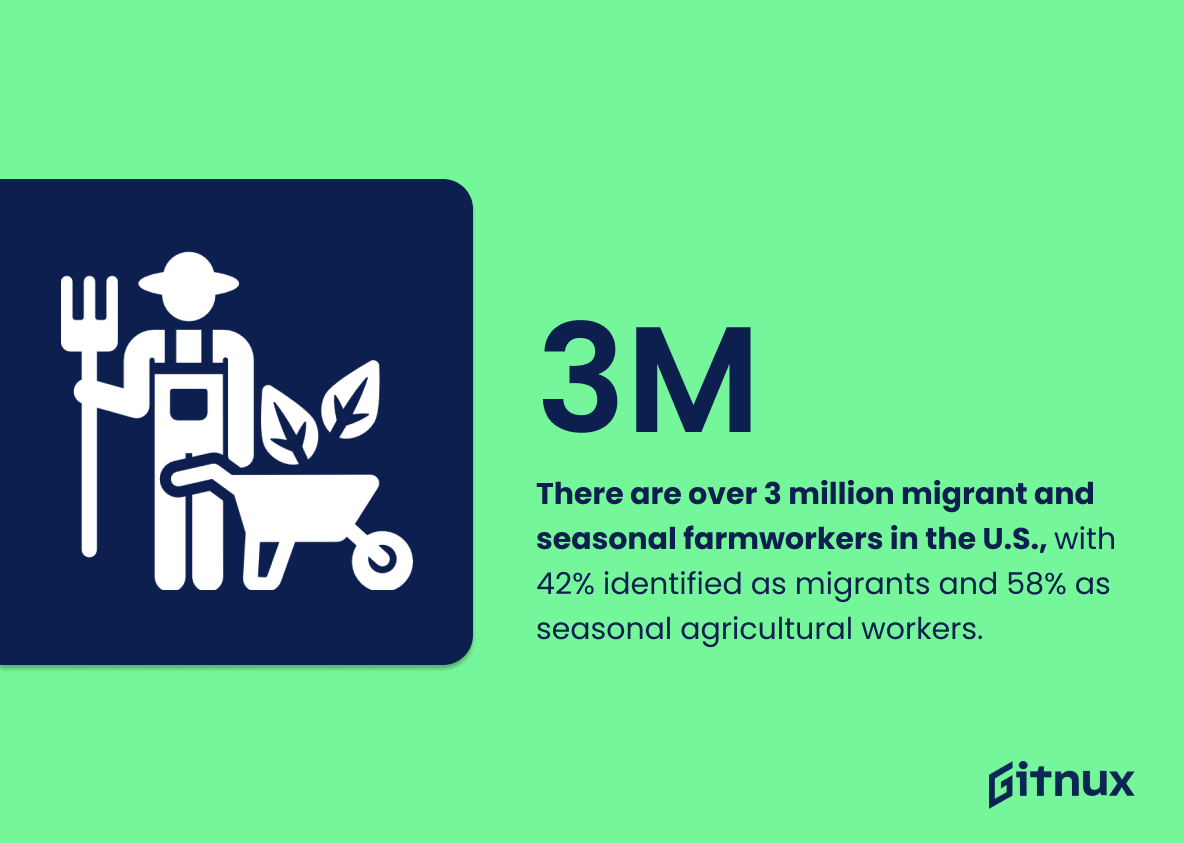Migrant farm workers are an essential part of the agricultural industry in the United States, yet their presence and contributions are often overlooked. In this blog post, we will explore the statistics surrounding migrant farm workers and the issues they face.
We will discuss the number of migrant farm workers in the United States, the types of jobs they perform, and the challenges they face. We will also look at the efforts being made to improve the lives of migrant farm workers and the impact these efforts are having. Finally, we will discuss the importance of understanding the plight of migrant farm workers and the need for greater advocacy on their behalf.
Migrant Farm Workers: The Most Important Statistics
The statistic states that 73% of U.S. farmworkers are immigrants.
Migrant Farm Workers earn between $30,000 and $65,000 annually, with the majority of incomes falling between the 25th and 75th percentile.
Migrant Farm Workers: Statistics Overview
Geography, commodity, and size of farms affect agricultural employment, with half of US farmers working on the 10,000 largest FVH farms in four states, and 80% of farm workers being migrant workers, 70% of whom are Mexican-born and 70% of whom are undocumented.
This reveals the prevalence of migrant workers in the agricultural industry, as well as their demographics and working conditions. This information is essential to understanding the challenges and issues faced by migrant farm workers and how best to support them.
California farmworkers made up 17% of US crop sales in 2019 and brought in over $50 billion to the state’s agricultural economy.
This highlights the importance of migrant farm workers in California and their contribution to the state’s economy. It also emphasizes the need for better wages and working conditions for these workers, as they are essential to the success of the agricultural industry.
The Dust Bowl of the 1930s caused a mass migration of farmers to California, resulting in the formation of migrant work camps and challenging living conditions.
This highlights the difficult conditions that migrant farm workers faced during the Great Depression and Dust Bowl, and the role of government policies and social movements in shaping their lives. This history is important to understand in order to gain a better understanding of the current state of migrant farm workers and the challenges they face.
Crop and livestock workers differ demographically, with female farmworkers being more common, crop laborers being less likely to be American-born and non-Hispanic White, and crop laborers needing a higher level of education than livestock workers.
Knowing the demographics of farm workers can help inform policies and programs that support their needs, such as access to education, job training, and health care. Additionally, understanding the demographics of farm workers can help raise awareness of the hard work and dedication of these individuals who are essential to our food system.
The statistic states that 73% of U.S. farmworkers are immigrants.
This highlights the importance of migrant farm workers in the agricultural industry, which is a major contributor to the U.S. economy.
It also provides insight into the challenges faced by migrant workers in different regions of the country, and the need to understand which states have the highest number of migrant farm workers and why.
Migrant Farm Workers earn between $30,000 and $65,000 annually, with the majority of incomes falling between the 25th and 75th percentile.
This provides insight into the wages of Migrant Farm Workers, which can be affected by a variety of factors such as skill level, region, experience, location, crop type, and immigration status.
This information is important for understanding the economic impact of Migrant Farm Workers and the challenges they face in earning a living wage.
In the past 30 years, mechanization has drastically reduced the number of self-employed and family farmworkers by 74%, and the number of hired farmworkers by 51%.
This has had a significant impact on the lives of undocumented farm workers, who are now facing limited access to healthcare, education, and legal protections.
Migrant agricultural workers are more vulnerable than other Canadian workers due to limited labor and employment rights.
This highlights the lack of legal protections and language barriers that migrant farm workers face, which can leave them in a dangerous situation where their employer has all the power.
This can lead to exploitation and other forms of abuse, which is why it is important to understand the challenges faced by migrant farm workers.
The National Center for Farmworker Health estimates that 2.9 million U.S. farm workers, of which 15% are migratory and 85% are agricultural laborers, are employed in the trillion-dollar agriculture sector.
This highlights the importance of migrant farm workers to the U.S. economy and food system. The demographics of these workers, their working conditions, and legal status are key to understanding the impact of their work on our food system.
Late nineteenth-century US industrialization led to the rise of mechanized farms, which increased the demand for migratory labor, creating a migrant farm worker industry in 2006.
This provides context for the current state of the migrant farm worker industry. It shows how the industry has evolved over time, and how it has been shaped by industrialization and automation. It also highlights the challenges faced by these workers, such as the lack of job security and the need for seasonal labor.
This information is important for understanding the current state of the migrant farm worker industry and for developing policies to improve working conditions and job security.
There are over 3 million migrant and seasonal farmworkers in the U.S., with 42% identified as migrants and 58% as seasonal agricultural workers.
These workers face challenges such as wage theft, exposure to pesticides, and lack of legal protections.
Conclusion
In conclusion, migrant farm workers are a vital part of the agricultural industry in the United States. Despite their importance, they often face difficult working conditions and low wages.
The statistics presented in this blog post demonstrate the need for greater protections and better wages for these workers. It is essential that we recognize the contributions of migrant farm workers and ensure that they are treated with respect and dignity.
References
1 – https://www.wilsoncenter.org/article/us-farm-employment-and-farm-workers
2 – https://www.ppic.org/publication/health-care-access-among-californias-farmworkers/
3 – https://www.loc.gov/collections/todd-and-sonkin-migrant-workers-from-1940-to-1941/articles-and-essays/the-migrant-experience/
4 – https://www.ers.usda.gov/topics/farm-economy/farm-labor/
5 – https://www.fwd.us/news/immigrant-farmworkers-and-americas-food-production-5-things-to-know/
6 – https://www.ziprecruiter.com/Salaries/Migrant-Worker-Salary#:~:text=How%20much%20does%20a%20Migrant,%2Fweek%20or%20%243%2C535%2Fmonth.
7 – https://www.ers.usda.gov/topics/farm-economy/farm-labor/
8 – https://ml.globenewswire.com/Resource/Download/709696c3-7d67-4d2d-bf71-e600701a2c8c
9 – http://www.ncfh.org/facts-about-agricultural-workers-fact-sheet.html
10 – https://www.encyclopedia.com/social-sciences-and-law/economics-business-and-labor/labor/migrant-labor
11 – http://www.ncfh.org/uploads/3/8/6/8/38685499/fs-facts_about_farmworkers.pdf

